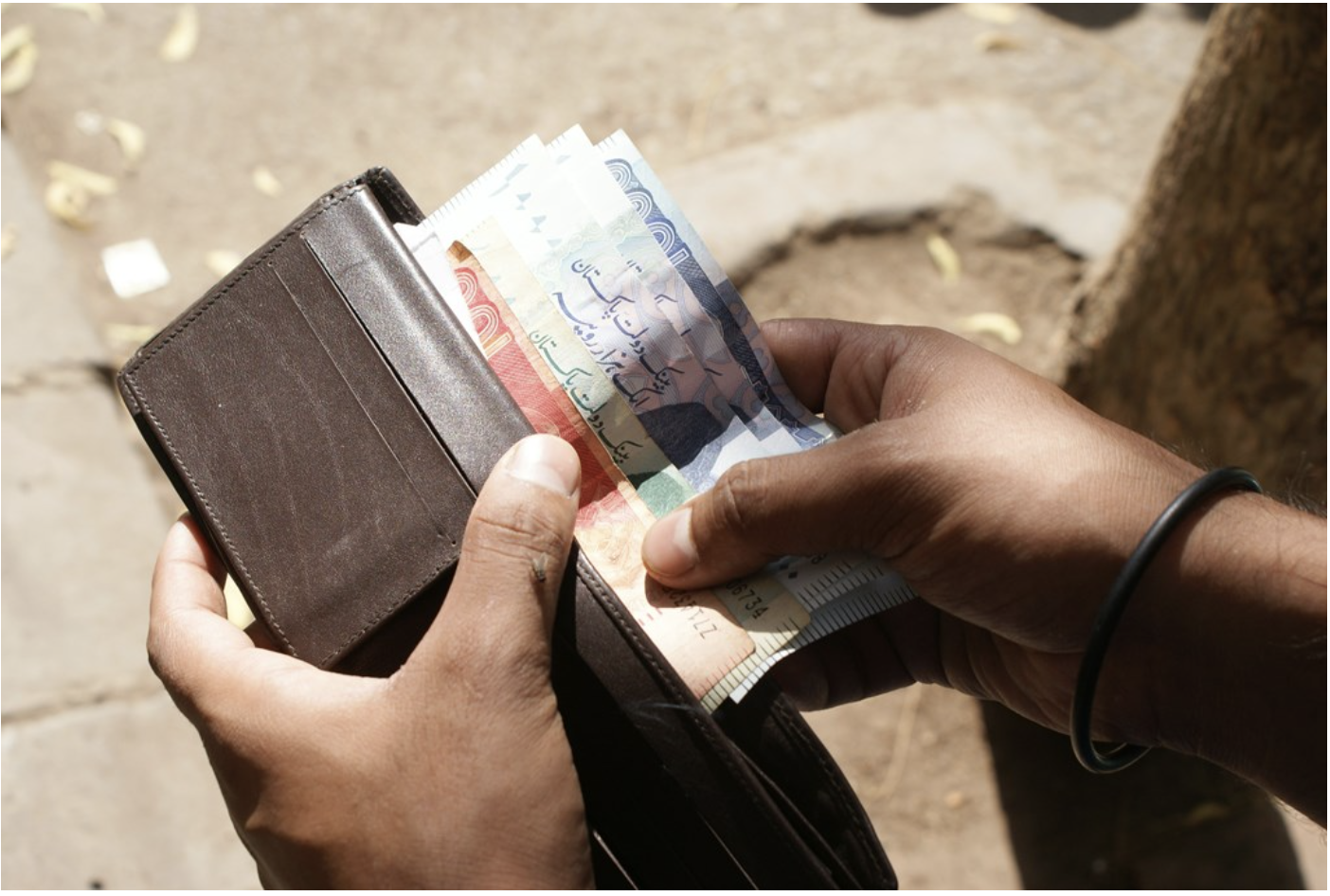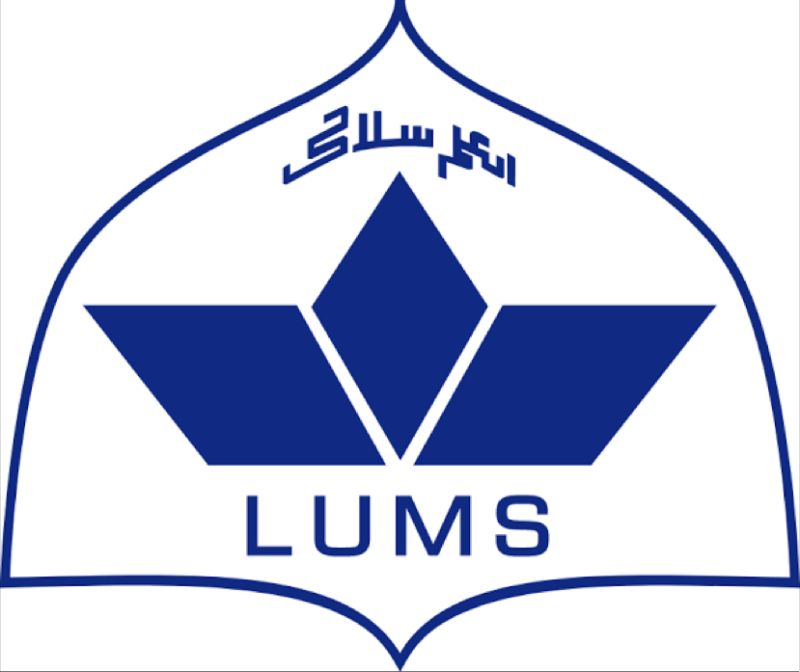Increasing Adoption of QR Payments in Pakistan

In collaboration with IPA and a leading mobile money provider in Pakistan, researchers at the Lahore University of Management Sciences (LUMS) are conducting a randomized pilot evaluation in Pakistan to test interventions to promote the adoption of QR payments by merchants.
The proliferation of instant payment systems has the potential to transform the dynamic of financial interactions between small businesses and consumers. These payment systems allow transactions to be made instantly and enable near-to-real-time settlements for merchants. As a result, reliance on cash can decrease and allow small businesses to take advantage of digital financial services. Pakistan launched its own instant payment system, RAAST, in 2022 and has recently launched the person to merchant use-case. However, digital merchant payments in Pakistan remain very low—only 1.1 percent of adults made a digital merchant payment in 2021.1 This suggests the presence of information and behavioral barriers such as reluctance to adopt a new technology, concerns about taxes, and a lack of people using the technology.2
Researchers at LUMS are partnering with IPA and a leading mobile money provider in Pakistan to conduct a randomized pilot evaluation to test interventions to promote the adoption of QR-code payments by merchants and consumers. A total of 816 merchants in the Punjab province in Pakistan have been randomly assigned to either receive information and marketing promoting QR payments; a monetary incentive to adopt QR payments; a joint monetary incentive with their customers to adopt QR payments; or no intervention to serve as a comparison. Researchers will measure which strategy works best to increase the adoption and usage of QR payments by merchants and their consumers, in addition to studying the impact of digital payment acceptance on business outcomes. These outcomes will be shared with the State Bank of Pakistan and other stakeholders to increase the uptake of QR payments in the country effectively.
Results will be available in late 2024.
Sources
1. Demirgüç-Kunt, Asli, Leora Klapper, Dorothe Singer, and Saniya Ansar. The Global Findex Database 2021: Financial inclusion, digital payments, and resilience in the age of COVID-19. World Bank Publications, 2022.
2. Higgins, Sean. "Financial Technology Adoption: Network Externalities of Cashless Payments in Mexico." American Economic Review forthcoming (2020).
Research Partner












